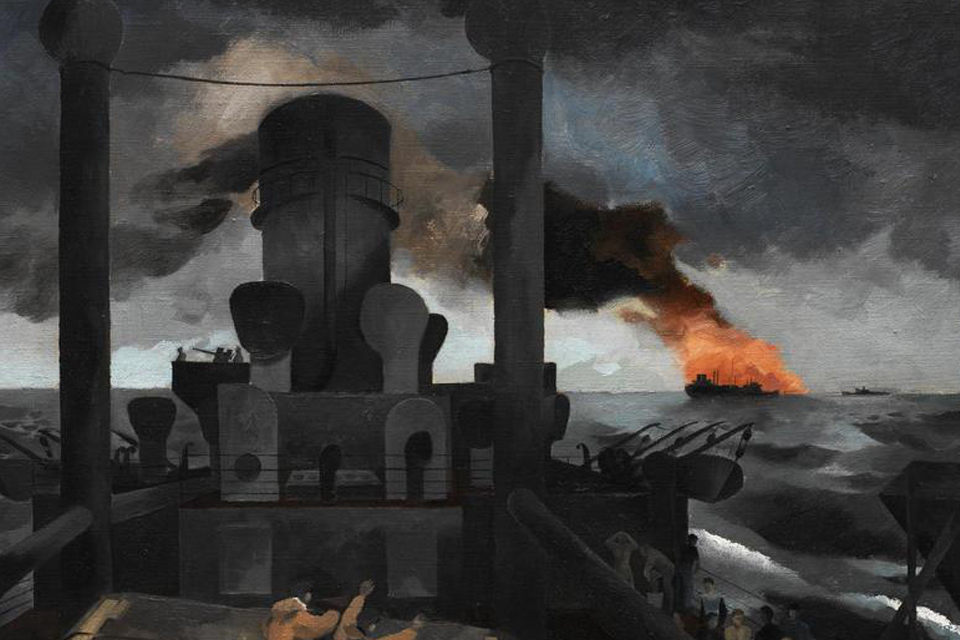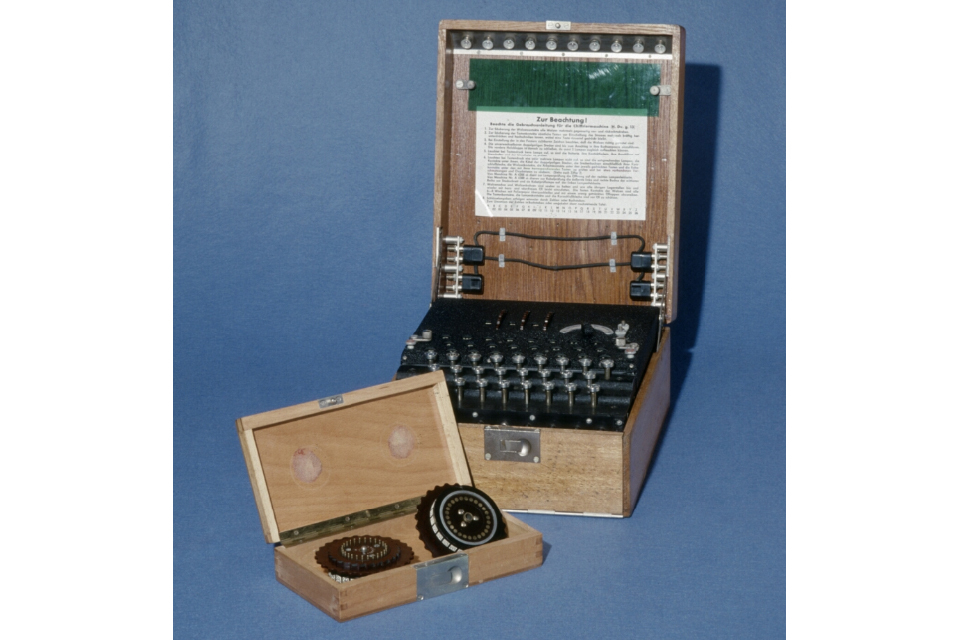First day to last: The Navy and the Battle of the Atlantic
In the first of three blogs, we take a look at three key moments for the Armed Forces in the Second World War.

Navy monument [©Crown Copyright 2014 IWM]
In the first of three blogs, we take a look at three key moments for the Armed Forces in the Second world War.
Immediately after Britain went to war with Germany in 1939, German U-boats and warships began to threaten British and French shipping lanes, and the Royal Navy became key players in British military action.
The struggle against the German submarines, dubbed the Battle of the Atlantic, was the only battle to last from the first day of World War 2 to the last.
“…the only thing that ever really frightened me during the war was the U-boat peril.”
Winston Churchill
Britain depended heavily on shipping for many of its goods, from everyday essentials such as food and petrol to vital military equipment. To keep the supply lines open, the Royal Navy led and protected large convoys of merchant ships across the Atlantic all throughout the war.

Rescue ship painting [©Crown Copyright 2014 IWM]
Around 100 convoy battles took place from 1939-1945. The cost for all involved was significant. By May 1945, over 2,200 British and Allied merchant ships had been sunk, as well as 100 Allied naval vessels and 600 RAF Coastal Command aircraft. Over 30,000 merchant seamen had died, as well as thousands of men from Allied navies and air forces. Many civilian passengers had also died.
On the German side, 510 U-boats were lost. Of some 27,000 U-boat men who served in the Atlantic, over 18000 (or 2 out of 3) died in action. Hundreds more German sailors died while serving on surface warships.
Cracking the Enigma codes
The Royal Navy didn’t only keep the shipping lanes open - they also helped Britain’s codebreakers break the notorious German enigma code.
The Germans were so confident in their “unbreakable” code that they used it openly on the radio waves. But in 1941 a search of a sinking U-Boat uncovered a complete Enigma machine and its encryption codebooks.

Enigma machine [©Crown Copyright 2014 IWM]
In a brilliant deception, the Navy let the Germans believe their vessel had sunk with the codes aboard, which meant they continued to use their now broken codes on the open airwaves for weeks - helping the codebreakers at Bletchley Park make huge advances in breaking Enigma.
In another historic operation in 1942, three crewmen from the HMS Petard boarded another sinking U-boat to find vital Enigma codebooks. Two of the crewmen, Lieutenant Tony Fasson RN, and Able Seaman Colin Grazier, swam over and retrieved the machine and codebooks, but became trapped aboard the U-Boat. Tommy Brown, a canteen assistant, also swam over, and helped bring the important items aboard the Petard.
Fasson and Grazier’s deaths were not in vain however, as information they retrieved helped Alan Turing break TRITON, the most advanced German code yet – a move which helped shorten the war and save thousands of lives. Fasson and Grazier won posthumous George Medals for their bravery and Tommy Brown also won the George Medal.